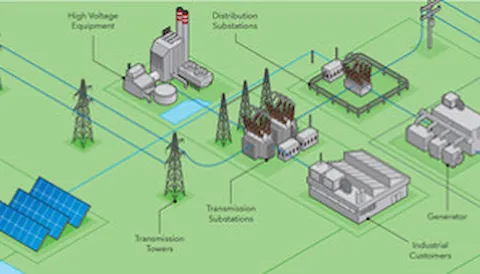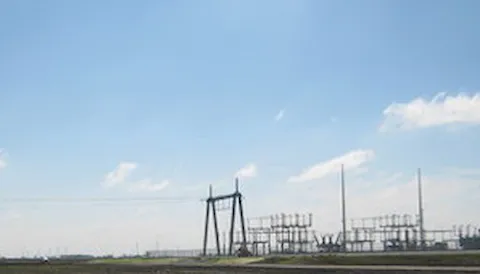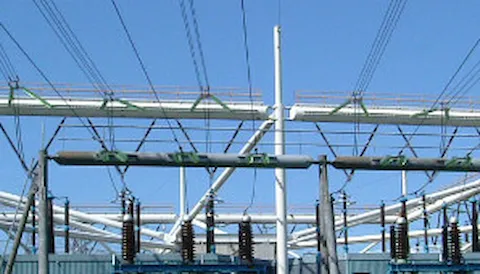Technology qualification of offshore HVDC
DNV provides technology qualification for offshore HVDC technologies enabling faster, more efficient and reliable deployment of HVDC transmission systems.
Technology Qualification (TQ) is widely used in the global oil and gas industry as a systematic way to manage the uncertainties of implementing new technologies. DNV brings this important methodology to HVDC transmission technologies like VSC converters or multi-terminal HVDC, whether connecting wind farms or offshore oil and gas platforms to the electricity grid.
Our role is two-fold: we are involved in Joint Industry Projects to develop Recommended Practice in this field, and we can also support you in managing the TQ process for your projects or technologies.
Setting Recommended Practice
As a leader in offshore wind and HVDC, DNV is spearheading development of DNV RP-A203, as part of a Joint Industry Project. Qualifying your technology or project based on this methodology will build confidence and reduce risk for stakeholders including developers, manufacturers, investors and end-users.
Managing the qualification process for you
In managing the qualification process for your project, our cross-disciplinary teams bring technical expertise in all areas of offshore HVDC technologies and their application.
They support you at each step of the qualification procedure. These various steps are designed to identify potential risks and provide evidence that the technology is suitable for its intended use.
The full set of qualification steps cover:
- Technology Qualification Basis
- development of the basis for the qualification – functions, intended use and expectation
- Technology Assessment
- categorisation of the technology by degree of novelty based on industry experience
- Threat Assessment
- identification of failure modes and mechanisms, with corresponding probabilities and consequences
- Qualification Plan
- development of plan to address identified risks
- Execution of Plan
- execution of plan and collection of evidence from qualification activities
- Performance Assessment
- assessing whether the evidence produced meets the requirements set out in the Qualification Basis
At each of these steps, we deliver a ‘certificate of fitness of service’, or if this is not possible, a report on our technical findings.




